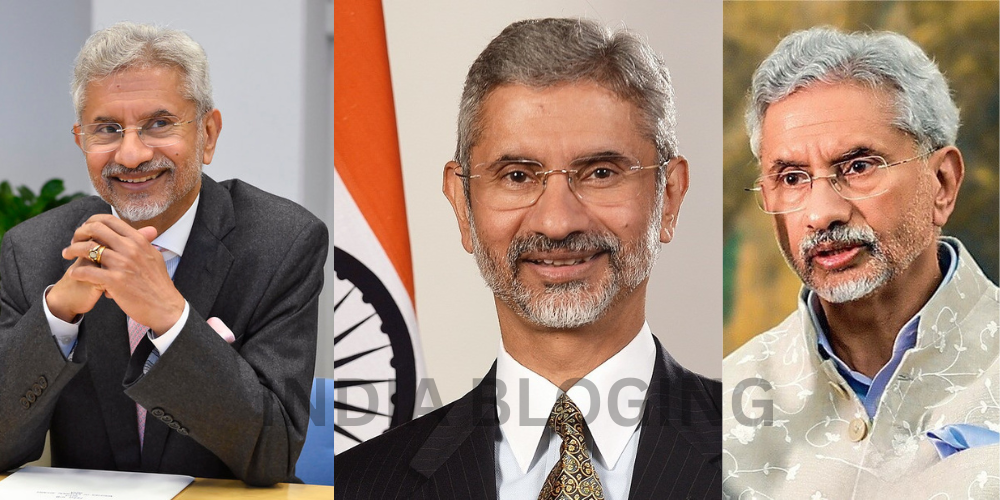Parents
In today’s hyper-connected world, news and current affairs are omnipresent. Whether it’s on TV, social media, or even in conversations at school, children are constantly exposed to information about the world around them.
While staying informed is crucial, parent often face the dilemma of how to introduce their children to what is often termed as ‘bad’ news – news that may contain distressing or unsettling content. How can parents navigate this terrain, ensuring their children stay informed while also protecting their innocence and mental well-being?
The Importance of Being Informed
Before delving into strategies for introducing children to news, it’s important to recognize why it’s essential for children to stay informed about current affairs. Understanding the world helps children develop critical thinking skills, empathy, and a broader perspective. It also prepares them to become responsible citizens who are engaged in society.
However, not all news is suitable for young audiences. Headlines about violence, natural disasters, or political turmoil can be overwhelming and frightening for children. Shielding children from all news isn’t the answer either, as it may lead to ignorance and a lack of preparedness for the realities of the world.

Age-Appropriate Communication
One of the most crucial aspects of introducing children to news is ensuring that the information provided is age-appropriate. Younger children, for instance, may not have the cognitive ability to process complex issues or understand the nuances of global events. Therefore, parents should tailor the information according to their child’s age and maturity level.
For younger children, simplified explanations and concrete examples can help them grasp basic concepts. For instance, when discussing natural disasters, parents can emphasize the importance of safety measures such as preparing emergency kits or having a family evacuation plan. As children grow older, parents can gradually introduce more complex topics and encourage critical thinking by asking open-ended questions.
Limiting Exposure
While it’s essential for children to be aware of current events, excessive exposure to news can be detrimental, especially if the content is distressing. Parents should set limits on the amount of news their children consume and monitor the sources of information. Instead of leaving the TV on throughout the day, parents can designate specific times for catching up on the news together as a family.
Additionally, parents should be mindful of the content their children are exposed to online. Social media platforms and news websites may contain sensationalized or inappropriate material. Utilizing parental controls and filtering software can help regulate the content children have access to.
Framing the News Positively
When discussing ‘bad’ news with children, it’s crucial to frame the conversation in a positive light. While it’s important to acknowledge the seriousness of certain events, parents can also highlight stories of resilience, heroism, and community support. By focusing on the positive aspects, parents can instill hope and optimism in their children, teaching them that even in challenging times, there are always people working towards positive change.
Encouraging Critical Thinking
Rather than passively consuming news, parents can encourage their children to approach it critically. Teaching children to question sources, verify information, and consider different perspectives fosters media literacy skills that are invaluable in today’s digital age. By empowering children to think critically about the news, parents equip them with the tools to navigate a complex and often overwhelming media landscape.
Open Communication and Reassurance
Try This: Tulsi Detox Kahwa Tea
It’s also important for parents to reassure their children and provide context for troubling events. Assure them that there are always people working to address problems and make the world a better place. By emphasizing resilience and the ability to overcome adversity, parents can help alleviate children’s fears and anxieties.

Introducing children to news and current affairs is a delicate balancing act. While it’s important for children to stay informed about the world, parents must ensure that the information provided is age-appropriate and presented in a positive and constructive manner.
By fostering open communication, encouraging critical thinking, and providing reassurance, parents can empower their children to navigate the complexities of the world with confidence and resilience.
Ultimately, by equipping children with the necessary skills and knowledge, parents lay the foundation for them to become informed, compassionate, and engaged citizens of the world.
Read Also: Rediscovering India’s Majestic Marvel: Unveiling the Historic Splendor of ‘Sengol’




